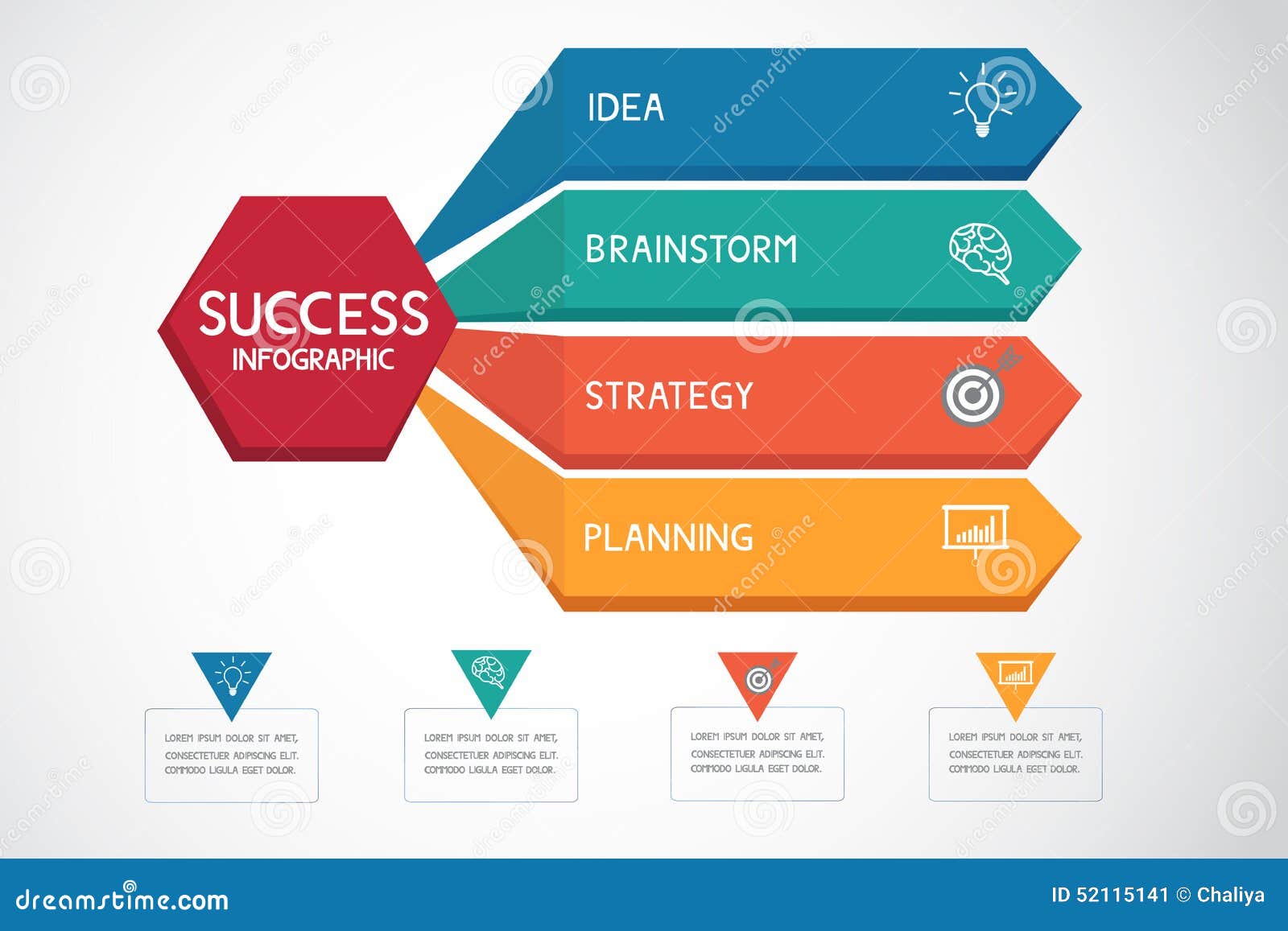Keen To Find How Web Site Style Has Transformed Gradually? Dive Into The Evolution From Simplicity To User-Focused Experiences
Keen To Find How Web Site Style Has Transformed Gradually? Dive Into The Evolution From Simplicity To User-Focused Experiences
Blog Article
Created By-Pappas Hyldgaard
In the past, internet sites were basic and concentrated on details. https://shoppingcenterbusiness.com/imaginuity-elevate-commercial-real-estate-retail-marketing-with-digital-platforms/ was straight, and design was for desktop computers. Currently, user experience is essential. Information guides styles for simple navigating. Receptive designs match different devices. Today, dark mode minimizes strain, and minimalist menus boost navigating. Interactive features engage individuals, and vibrant visuals attract attention. AI combination improves interaction. See just how layout has actually developed to improve your on the internet journey.
Very Early Days of Website Design
In the early days of web design, simplicity reigned supreme. Websites were standard, with limited colors, typefaces, and formats. The focus was on supplying details rather than showy visuals. Users accessed the net via slow dial-up links, so speed and performance were essential.
Navigation menus were straightforward, normally situated at the top or side of the web page. social media company fort worth were designed for desktop, as mobile browsing wasn't yet common. Web content was king, and designers prioritized very easy readability over complex layout aspects.
HTML was the key coding language made use of, and developers needed to work within its constraints. Computer animations and interactive attributes were very little contrasted to today's criteria. Internet sites were static, with little dynamic web content or customized user experiences.
Increase of User-Focused Layout
With the evolution of web site design, a change towards user-focused design principles has come to be progressively prominent. Today, creating websites that prioritize user experience is critical for involving site visitors and accomplishing business objectives. User-focused style involves recognizing the needs, preferences, and habits of your target market to tailor the web site's format, content, and features appropriately.
Designers currently conduct complete study, such as customer studies and use testing, to collect insights and comments directly from individuals. This data-driven approach assists in producing intuitive navigating, clear calls-to-action, and visually attractive user interfaces that reverberate with site visitors. By positioning the individual at the center of the layout process, web sites can deliver an extra customized and enjoyable experience.
Receptive layout has likewise become an essential aspect of user-focused design, making certain that web sites are enhanced for numerous tools and display dimensions. This adaptability boosts availability and usability, dealing with the varied methods users interact with sites today. Basically, the surge of user-focused layout indicates a change in the direction of creating electronic experiences that focus on the needs and expectations of the end customer.
Modern Trends in Website Design
Check out the most up to date trends shaping website design today. One popular pattern is dark mode design, using a streamlined and modern appearance while reducing eye pressure in low-light environments. Another key fad is minimalist navigating, simplifying food selections and improving individual experience by focusing on essential elements. Incorporating micro-interactions, such as animated switches or scrolling impacts, can produce a more engaging and interactive site. Receptive design remains essential, making certain smooth customer experiences across numerous tools. Additionally, utilizing strong typography and asymmetrical formats can add visual rate of interest and accentuate particular web content.
Integrating AI modern technology, like chatbots for client support or individualized recommendations, enhances individual engagement and streamlines procedures. Accessibility has likewise end up being a substantial trend, with designers focusing on comprehensive style practices to deal with diverse customer requirements. Accepting sustainability by maximizing internet site efficiency for speed and effectiveness is an additional arising pattern in web design. Teaming up with user comments and information analytics to iterate and improve style continuously is essential for remaining relevant in the ever-evolving digital landscape. By accepting these modern fads, you can develop an aesthetically enticing, user-friendly internet site that resonates with your audience.
Verdict
As you review the evolution of web site layout from the very early days to currently, you can see just how user-focused layout has come to be the driving pressure behind modern-day patterns.
Accept the trip of change and adjustment in website design, always keeping the individual experience at the leading edge.
Stay present with the most up to date fads and technologies, and never quit progressing your technique to develop visually spectacular and easy to use internet sites.
Progress, adapt, and produce - the future of web design is in your hands.
